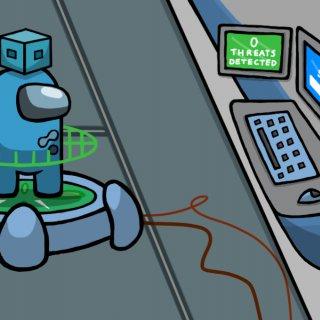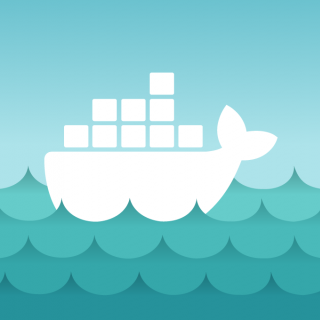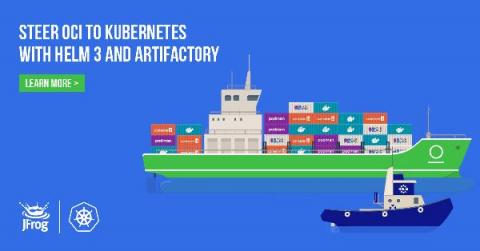ArgoCD Observability Using the New Codefresh GitOps Dashboard
In this article, we will show you how to connect ArgoCD and Codefresh so that you get the full observability experience for GitOps. ArgoCD provides the underlying deployment mechanism and Codefresh the visual dashboard to provide high-level information for deployments. We assume that the following are in place GitOps is a way to do Kubernetes cluster management and application delivery.











